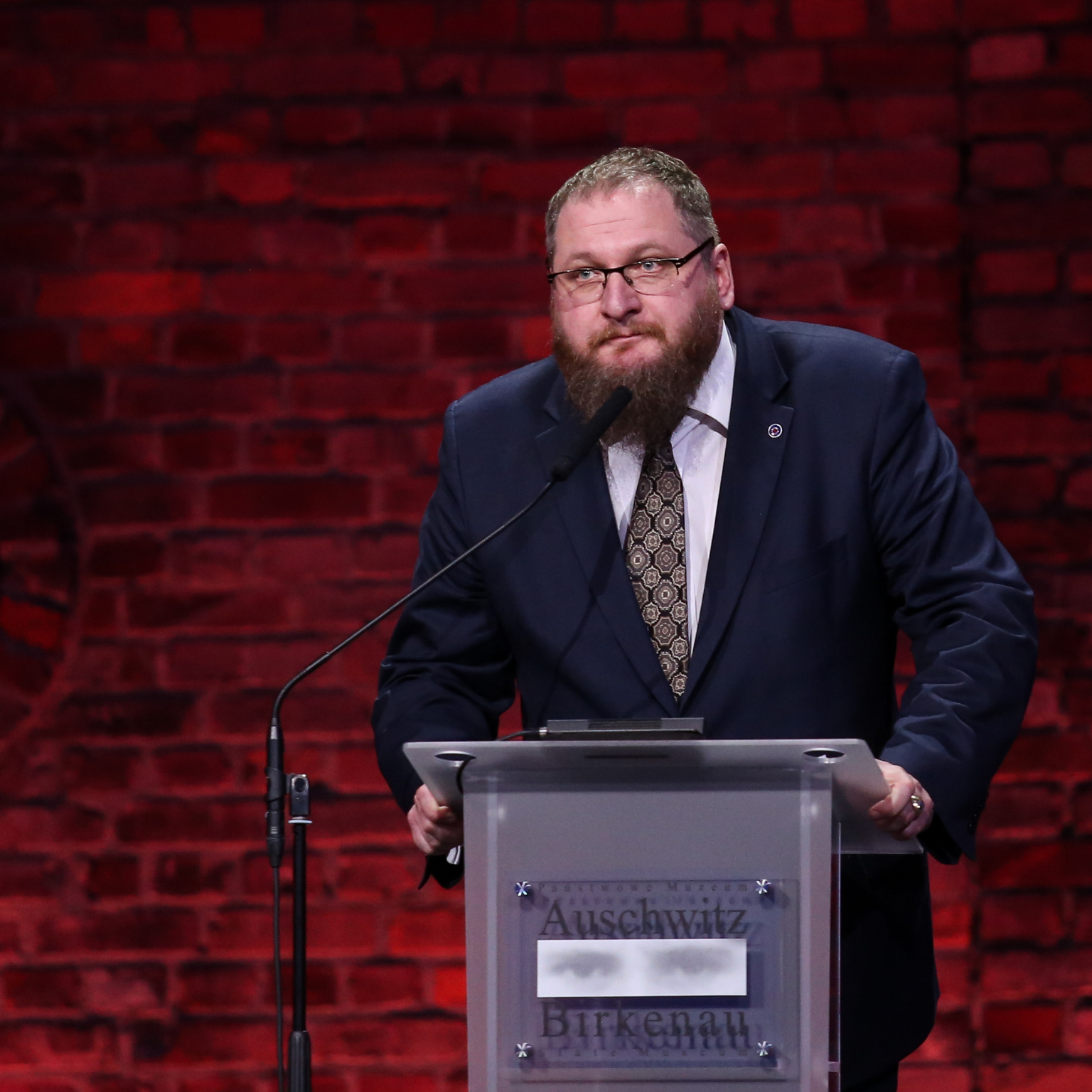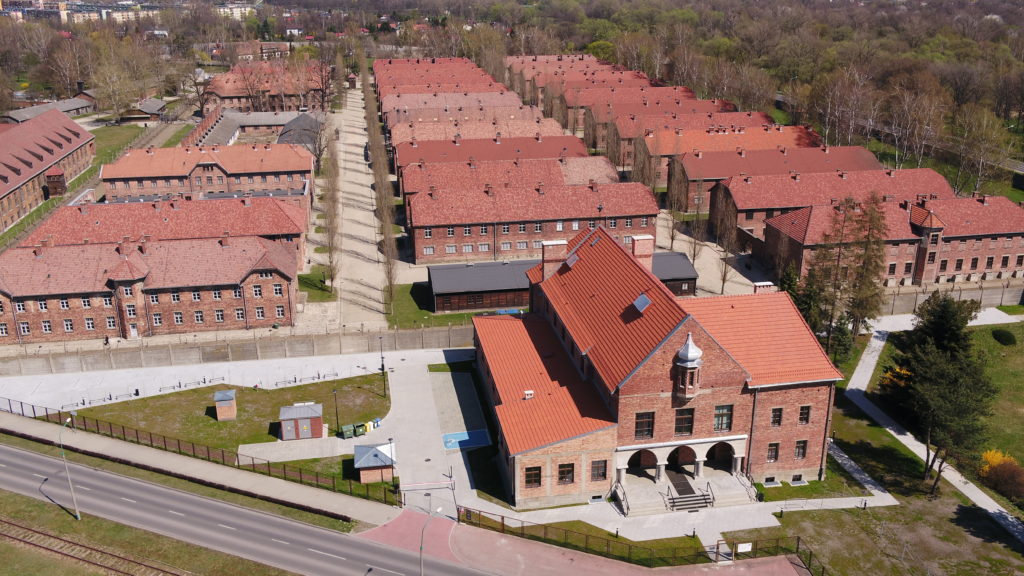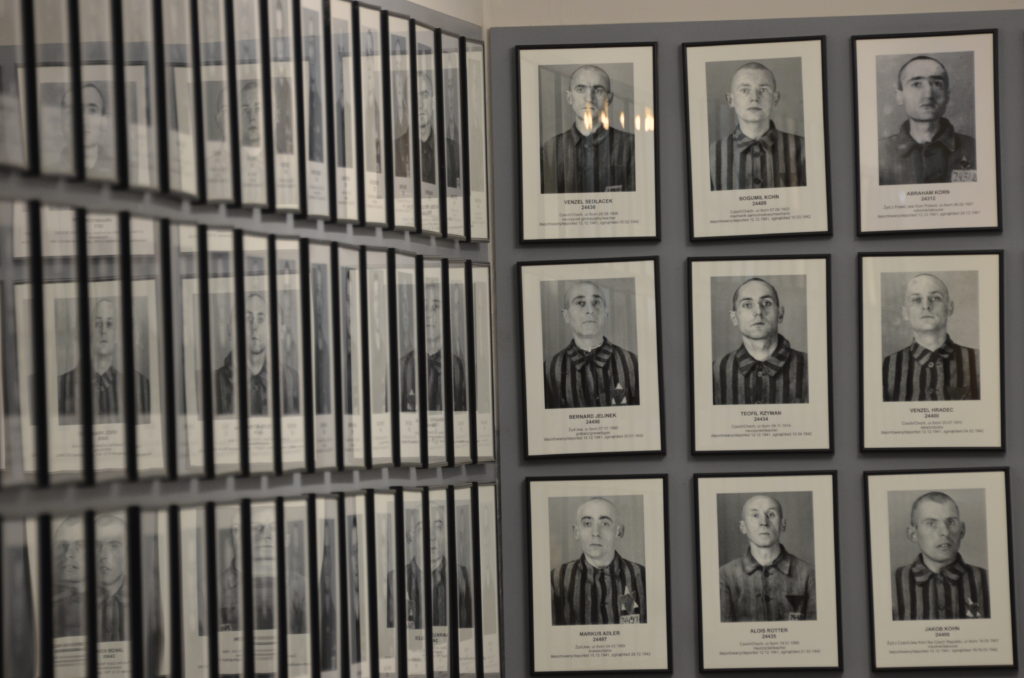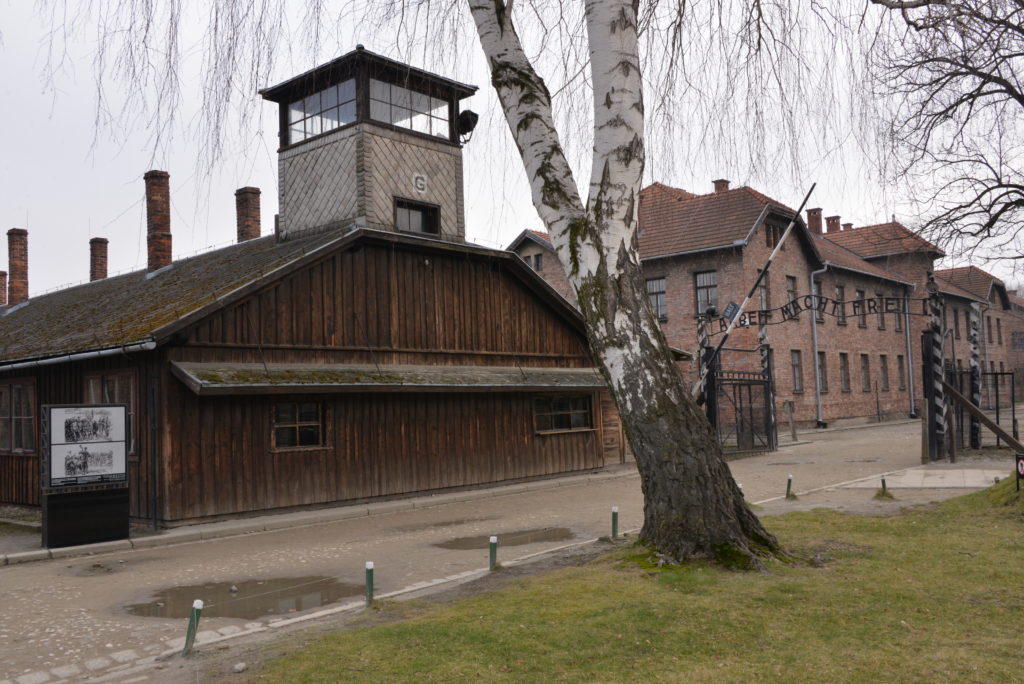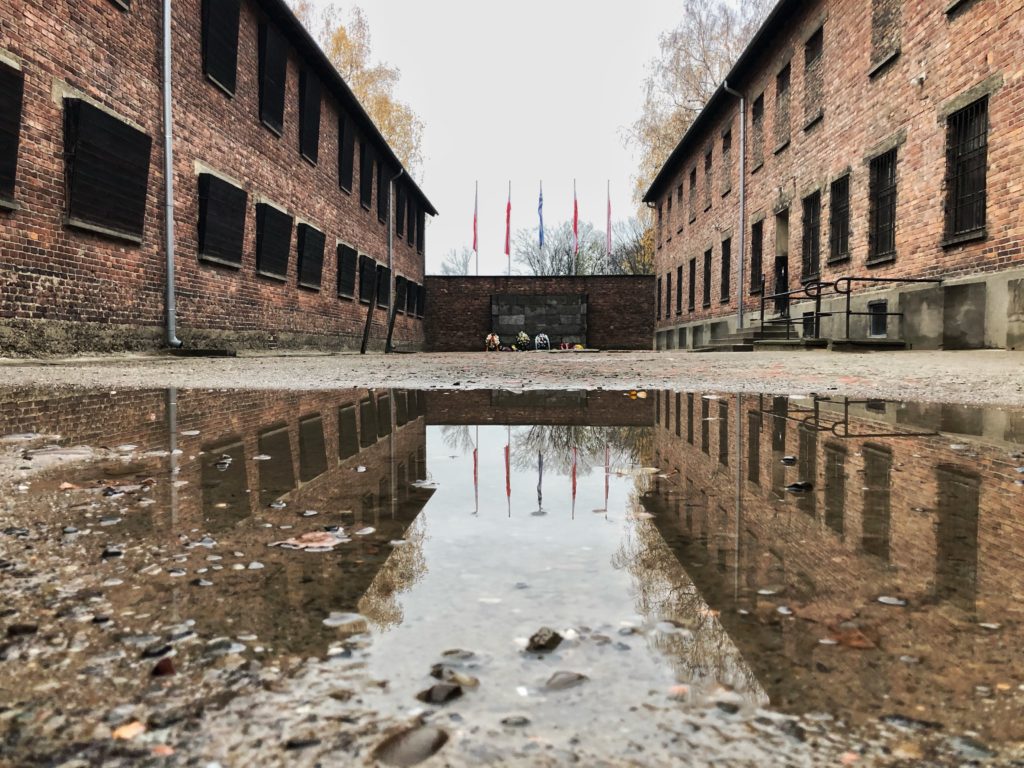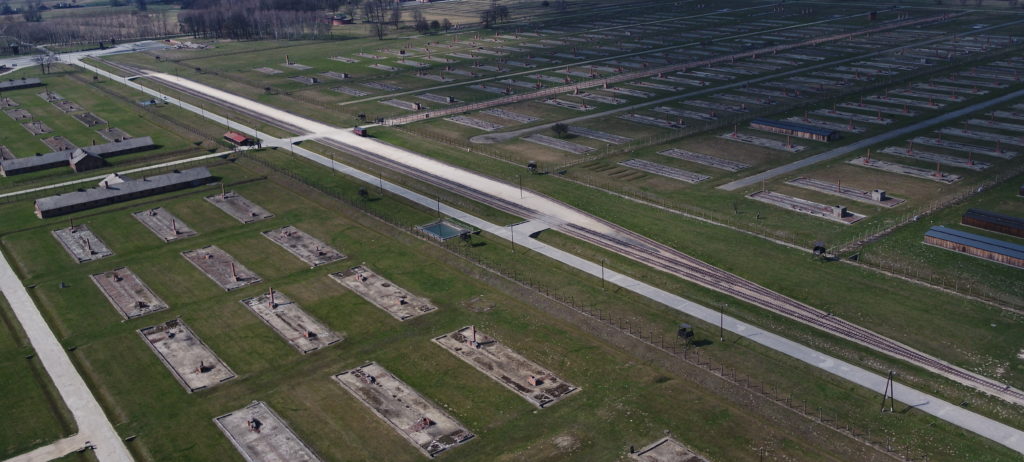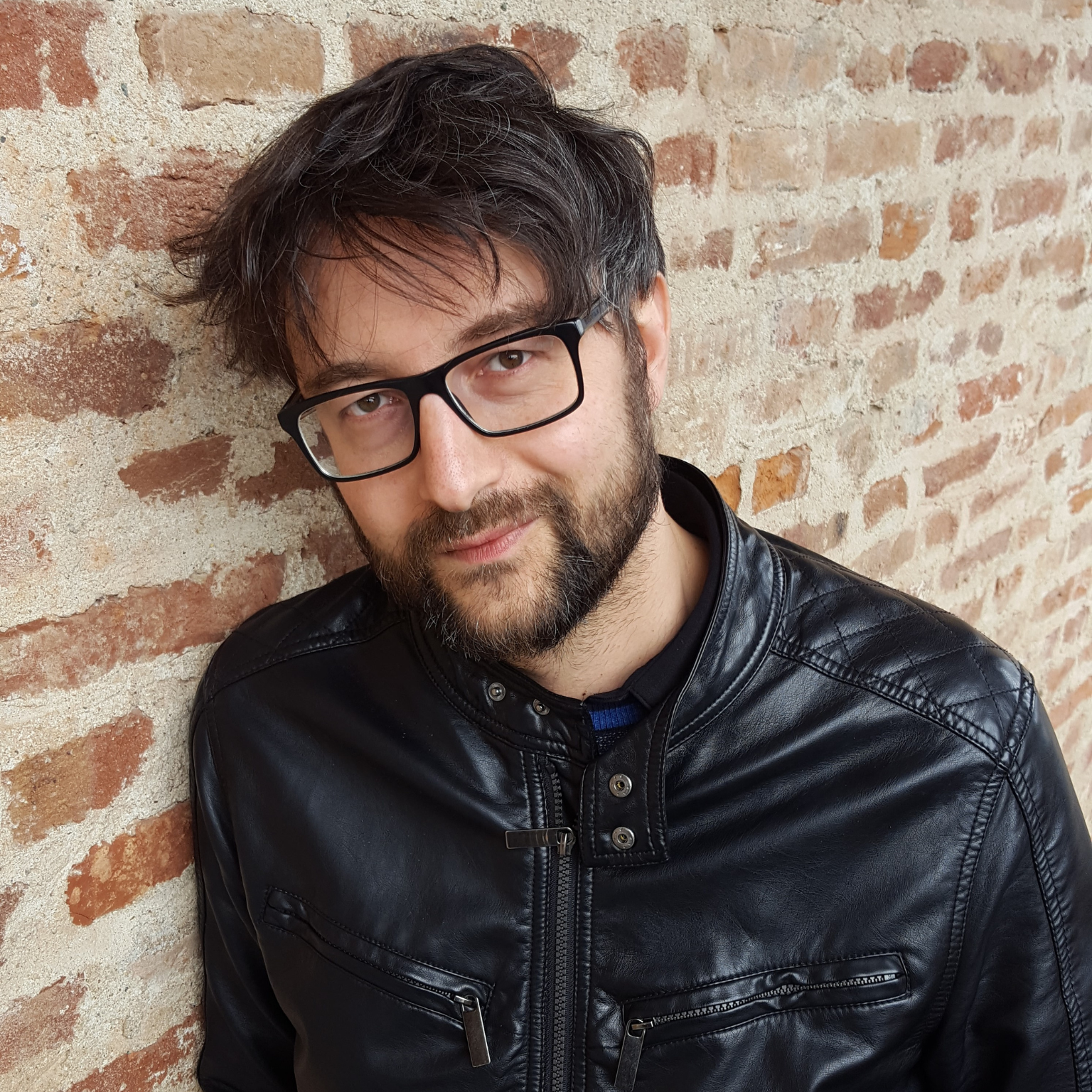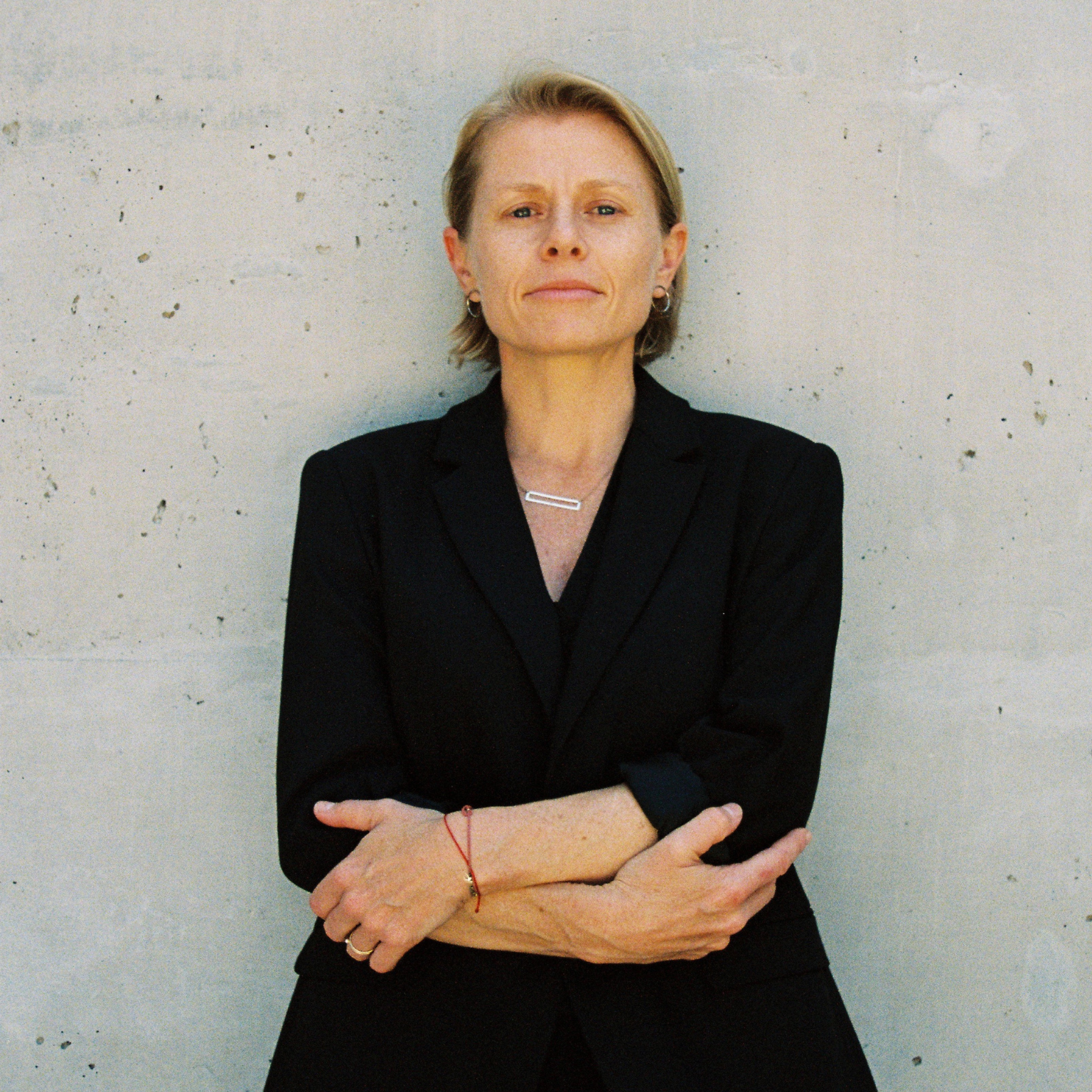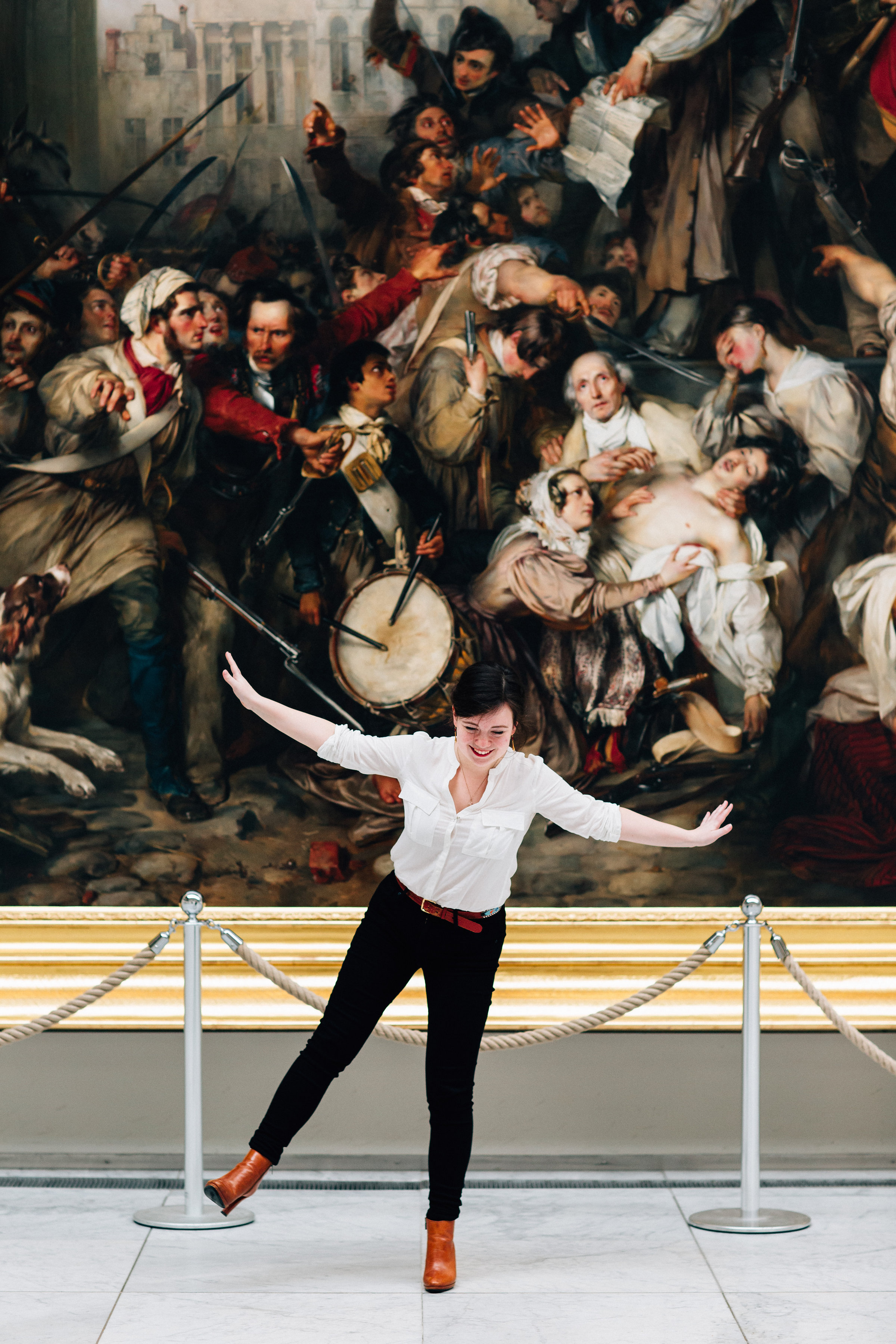Piotr M.A. Cywiński, Director of the Auschwitz Museum. Photo © Courtesy of the museum
1.What is your museum about and what is your work there?
The Auschwitz-Birkenau Memorial is certainly not like other museums. The remains of the largest of the German Nazi concentration camps and extermination centers have been organized into a museum to provide a specific legal framework, a kind of durability that characterizes museum institutions. However, it is undoubtedly not an open-air museum or a historical or military museum. While some museums have an evident aesthetic dominance (e.g., art museums), others have a cognitive dominance (e.g., museums of technology or history).
The Auschwitz Memorial is dominated by a moral and ethical prerogative. The essence of this prerogative is to learn about the darkest page in the history of Europe, and perhaps of the world, to realize the challenges facing us all today if we do not prevent hatred, dehumanization, racism or antisemitism from re-escalating.
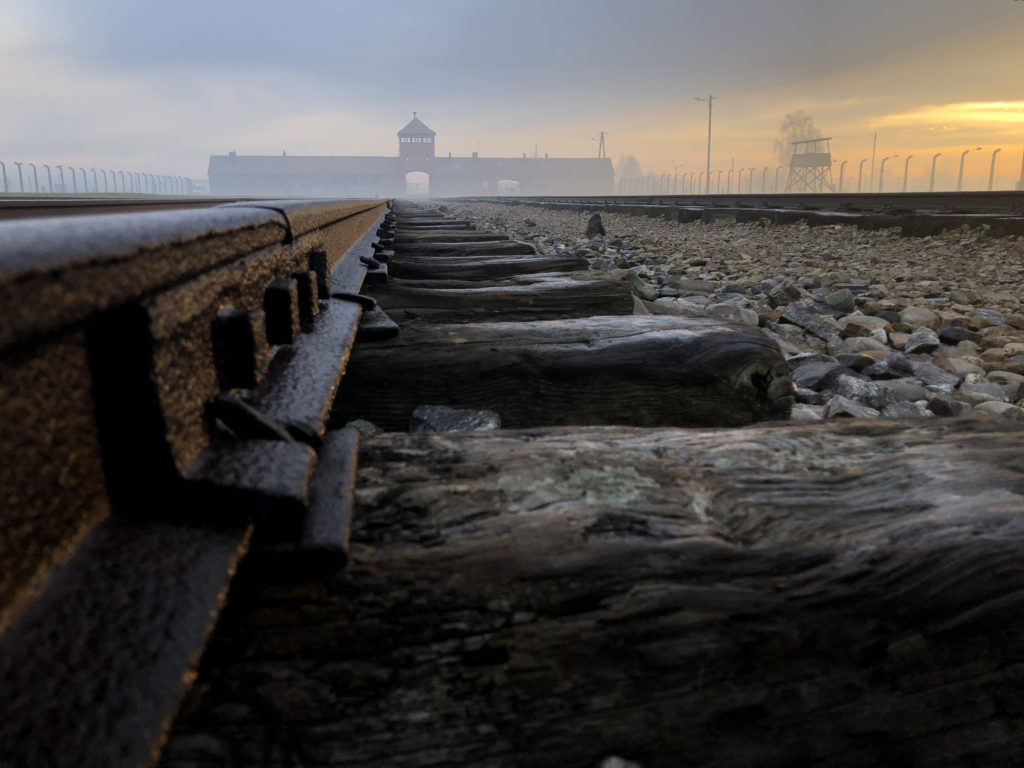
Naturally, everyday life in such a museum all boils down to normal museological, research, conservation, or exhibition work; however, the educational function and the ability to communicate with the world at large crowns all our other endeavors. And it is not just about visitors; it is about building a massive social media discourse and reaching out with publications, conferences, and tours. It also involves extensive cooperation with the media or those responsible for educational programs.
2.What is the impact on your digital activity? Do you have tips to share with your colleagues?
We attach great importance to the issue of communication, which today has primarily moved to social media. It is not easy terrain, as everyone chooses a thematic or social niche in which they feel safe. For this reason, we try to convey the story of Auschwitz or react to today’s events so that as many people as possible find our message credible and relevant. In my opinion, credibility is paramount in building a network on social media because, ultimately, the message is always a conversation with a specific individual.
Today, though, when the pandemic has so brutally demonstrated the need to reach people in a whole new way, we are developing other digital tools. We are developing a platform in partnership with the Israeli companies Appsflyer and Diskin that will enable online tours of Auschwitz in the near future. And I am not talking about some automatic mechanism, but an actual guided tour with a real guide that one can interact with and ask questions.

It is not only crucial for pandemic reasons but may also have a fundamental application in those parts of the world where, for various reasons, we still have not had many visitors. In cooperation with the Polish company Real Invented Studio, we are working on creating a virtual 3D model of the Auschwitz space as it was in the spring of 1944. Such space can also be “visited” or used differently in this new educational approach. These are examples of using the latest technology on a scale yet to be seen in museology worldwide.
But since our greatest challenge is to make the “voice from Auschwitz” resound in people’s hearts and minds, we decided to undermine our previous choices and take this giant step into the XXI century. To put it simply, today, you can no longer wait for a visitor to come; you have to look for them even in the most remote corners of our world.
3.What advice would you give a visitor to fully discover your museum?
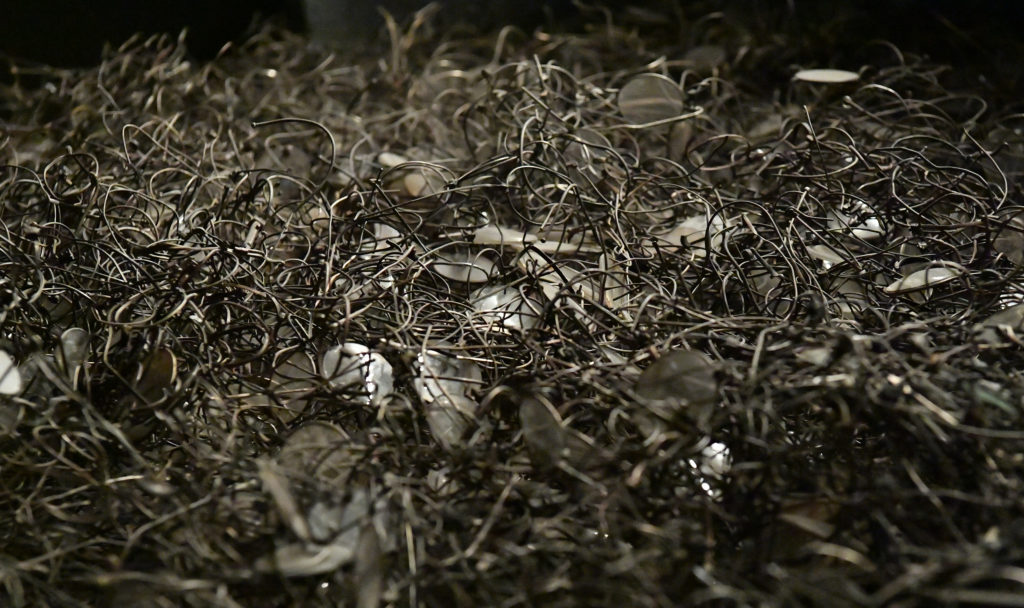
A basic visit takes about 4 hours. It is not an easy time for anyone. However, we also have offers for much more in-depth visits. Above all, I advise you to visit with a guide. The Museum’s form itself is not narrative; it is much more phenomenological – it does not tell, it shows. The narrative is, therefore, in the hand of the guide.
Before visiting, I would advise everyone to read a memoir of a survivor of this hell and perhaps look at our online lessons or exhibitions. Or at the very least, watch a good film on the subject. Unprepared persons see and understand less during a visit. The subject is so profound and significant that it is worth making this day a kind of reference point for your entire life.
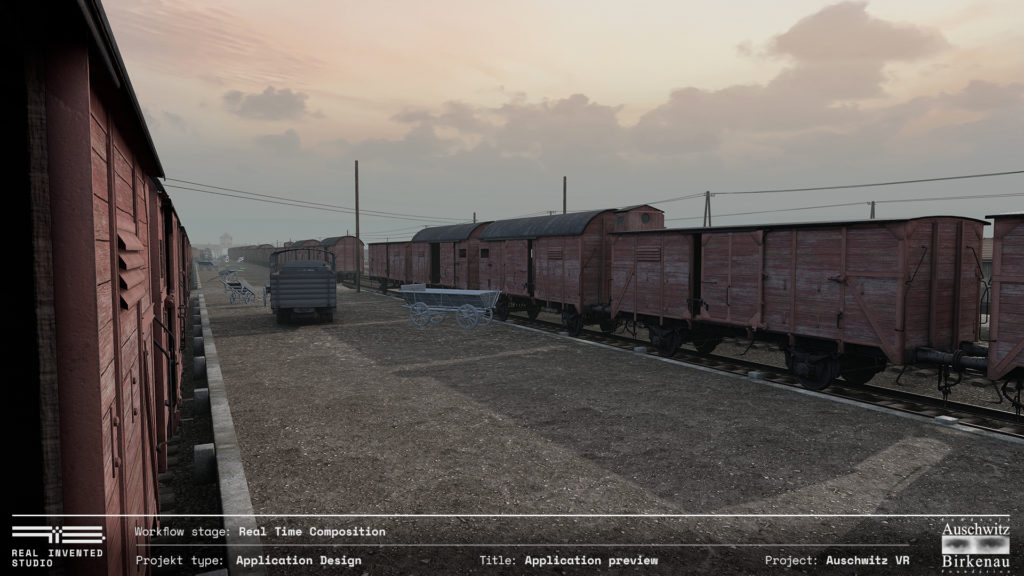
Given the massive increase in attendance before the pandemic, and to increase the level of security, we have decided on another important step: regardless of whether you want to visit alone or with a guide, you have to book your visit online at visit.auschwitz.org.
4.What are the future projects of your museum?
The world is changing very fast, increasingly faster, and these are not always changes that we already comprehend their rationale. Genocidal practices are still present in the world, and it is hard not to get the impression that the reaction of the free world is weakening.
Therefore, on the one hand, we try to be attentive observers; on the other, we are constantly working with various experts to fine-tune our voice in today’s world. It is sometimes challenging and requires great clarity in discerning various situations.
On the other hand, we are developing tools at our disposal. Shortly before the pandemic, we opened a huge Education Centre. We are currently building a brand new Visitor Services Centre, and during the pandemic, when hotels and restaurants were closed, we decided to start building a hostel and accompanying restaurant.
People wondered why we were investing so much in sectors that were then on the verge of bankruptcy. But if, for instance, we want to develop volunteer programs further or develop teachers regularly, after analysis, we concluded that this would not be possible without our hostel.
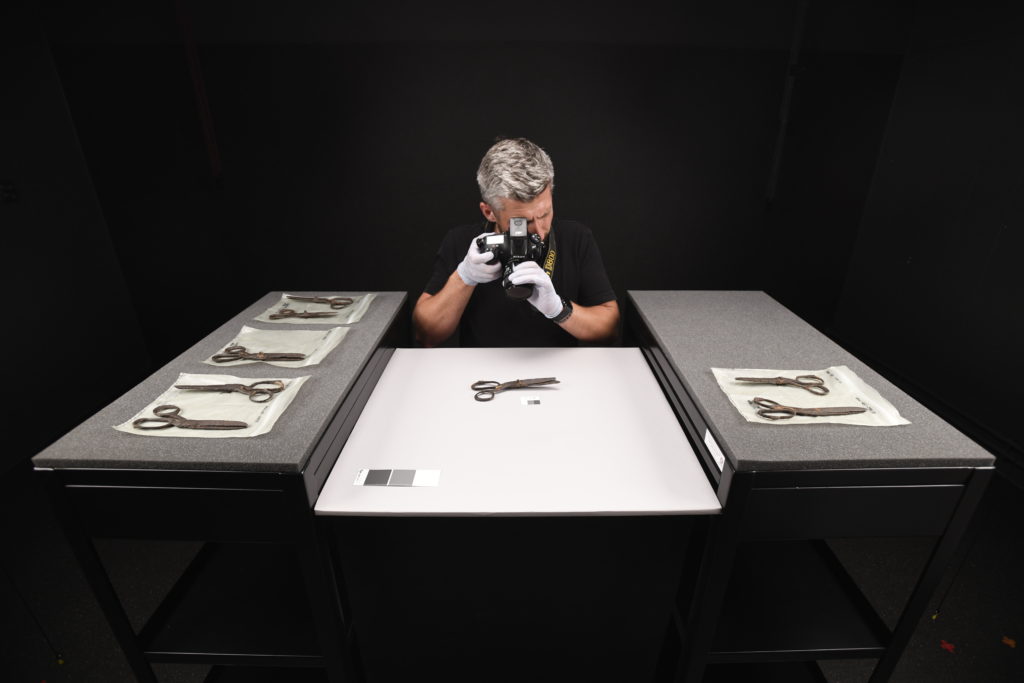
We are also developing conservation work on an unprecedented scale. Two hundred hectares of land, 155 buildings, 300 ruins, hundreds of thousands of objects or documents, all of which were under threat until recently. We established the Auschwitz-Birkenau Foundation, which operates an enormous Endowment Fund supported by some 40 countries and private donors.
Thus, today, we are confident that the proceeds from this fund will provide us with around € 5 million a year to carry out conservation work at the highest (intellectual and technological) level available. In doing so, we will pass on to future generations the entire legacy of all that the survivors have bequeathed to us.
Interview by Fabio Pariante, journalist / Twitter – Instagram
MORE
The Auschwitz Museum on social networks: Instagram – Twitter – Facebook – YouTube
The Auschwitz-Birkenau State Museum, in Polish Państwowe Muzeum Auschwitz-Birkenau, is a museum housed in Oświęcim, Poland, at the site of the former concentration and extermination camp. The site includes the remains of two parts of the camp complex: Auschwitz I and Auschwitz II-Birkenau which were built and operated by Germany from 1940 to 1945 during the occupation of Poland. Thus, the Polish government preserved the site as a center of research and in memory of the 1.1 million people who died there, including 960,000 Jews, 70,000 Poles, 21,000 Roma and Sinti, 14,000 Soviet POWs and others during World War II and the Holocaust.
The museum was created in April 1946 by Tadeusz Wąsowicz and other Auschwitz survivors, under the direction of the Polish Ministry of Culture and Art. It was formally founded on July 2, 1947 by an act of the Polish parliament and extends over 20 hectares in Auschwitz I and 171 in Auschwitz II. From 1955 to 1990, the museum was directed by one of its founders and camp survivors, Kazimierz Smoleń and the first exhibition in the historical blocks was inaugurated in 1947. Since 1979, the museum is part of the UNESCO heritage.
Born in Warsaw in 1972, Piotr M. A. Cywiński graduated in history from Strasbourg and earned a doctorate studying Bruno of Querfurt, a German Catholic missionary and archbishop killed in 1009; since 2006 he is the director of the Auschwitz-Birkenau State Museum. He is also the President of the Auschwitz-Birkenau Foundation that created a Perpetual Fund that aims at financing preservation of Auschwitz.
